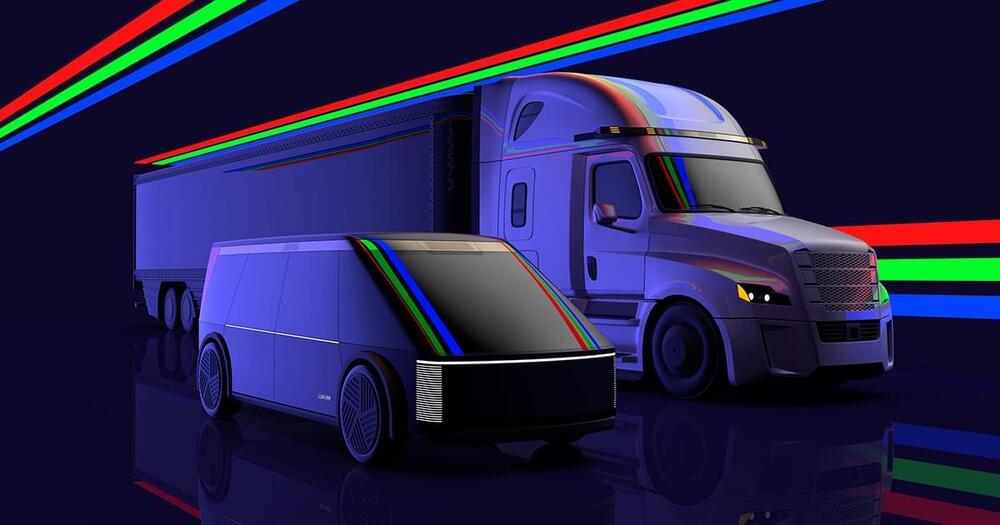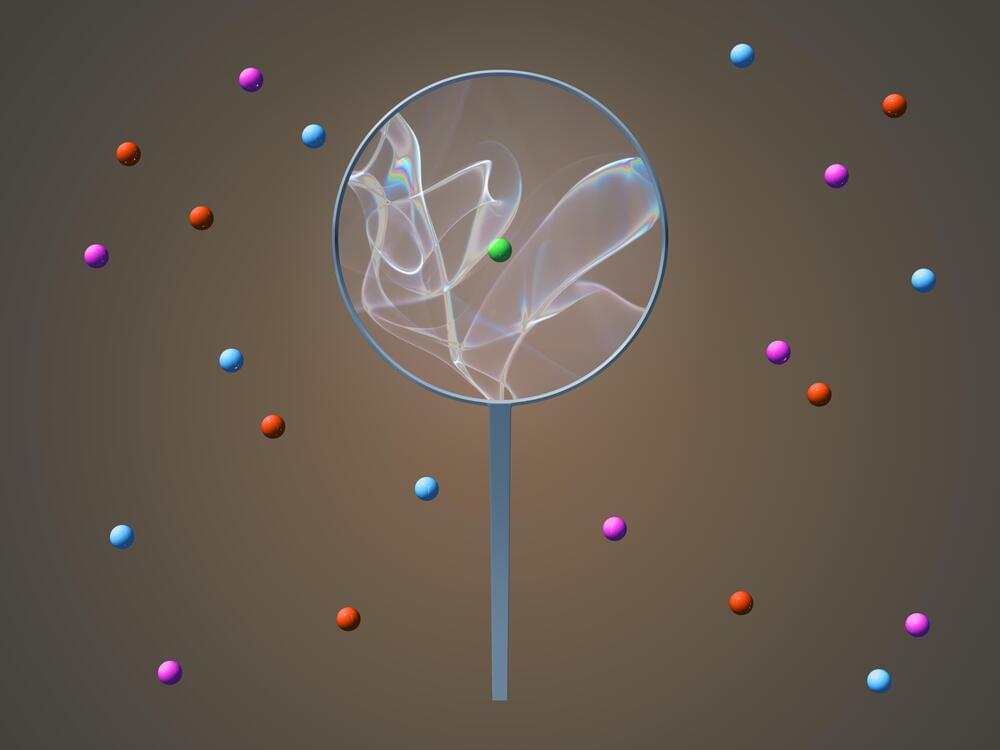Samsung thinks it has a better way to develop brain-like chips: borrow existing brain structures. The tech firm has proposed a method that would “copy and paste” a brain’s neuron wiring map to 3D neuromorphic chips. The approach would rely on a nanoelectrode array that enters a large volumes of neurons to record both where the neurons connect and the strength of those connections. You could copy that data and ‘paste’ it to a 3D network of solid-state memory, whether it’s off-the-shelf flash storage or cutting-edge memory like resistive RAM.
Each memory unit would have a conductance that reflects the strength of each neuron connection in the map. The result would be an effective return to “reverse engineering the brain” like scientists originally wanted, Samsung said.
The move could serve as a ‘shortcut’ to artificial intelligence systems that behave like real brains, including the flexibility to learn new concepts and adapt to changing conditions. You might even see fully autonomous machines with true cognition, according to the researchers.






